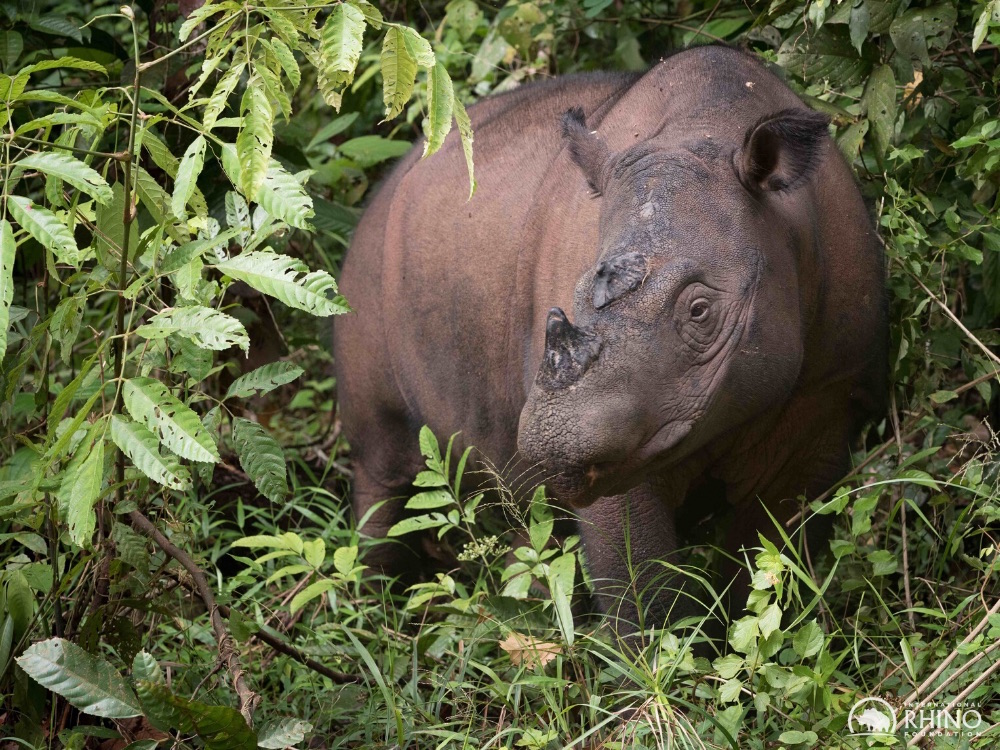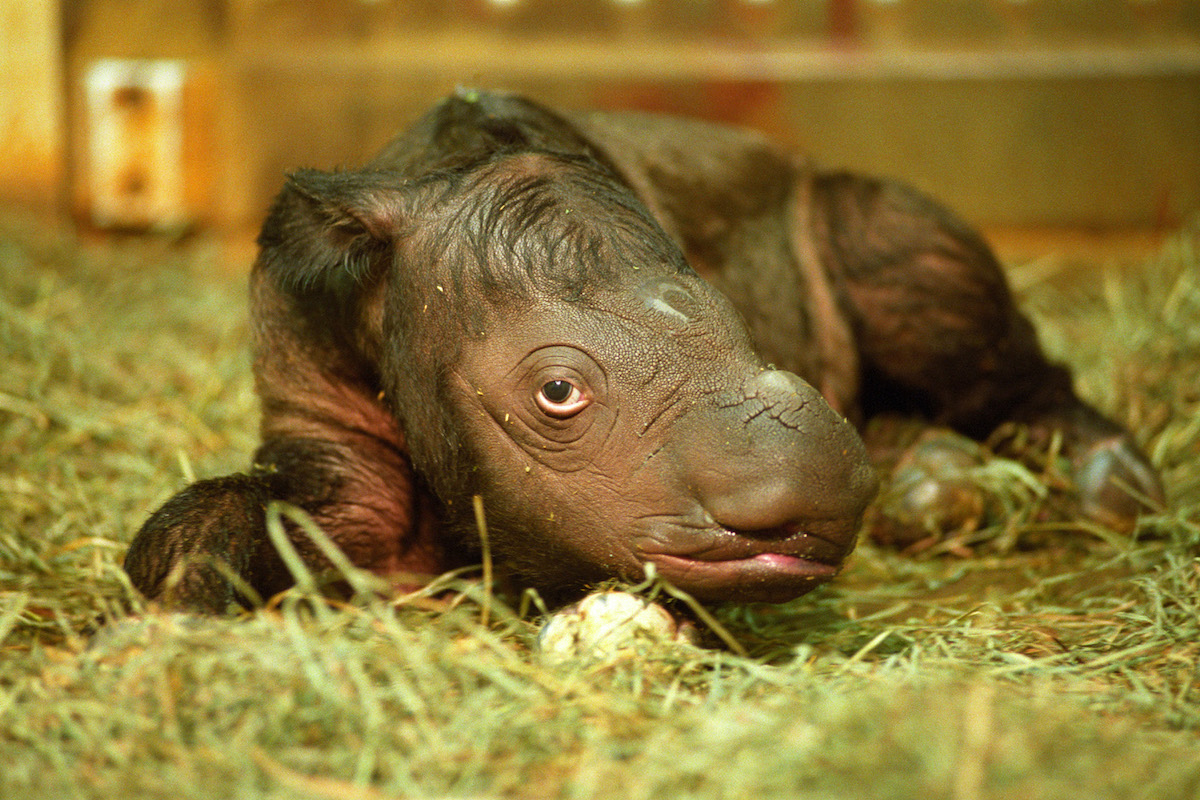- Nuclear weapons have caused much damage to the environment and are the only devices ever created that have the capacity to destroy all complex life forms on Earth.
- Yet every year, the nine nuclear armed-nations divert vast sums of taxpayers’ money into producing, maintaining and modernizing weapons of mass destruction, approximately $91.4 billion in 2023 alone.
- “One year of nuclear weapons spending could pay for wind power for more than 12 million homes to help combat climate change, plant one million trees a minute, or clean up the Great Pacific Garbage Patch for 187 years in a row,” argues the director of the Nobel Peace Prize-winning organization, ICAN.
- This post is a commentary. The views expressed are those of the author, not necessarily of Mongabay.
The overwhelming sums of money being wasted on nuclear weapons every year should be spent on conserving our planet instead, argues a new report from my organization, the International Campaign to Abolish Nuclear Weapons (ICAN). We should take the money wasted on these bombs and missiles every single year and instead of setting ourselves up to cause more, possibly irrevocable and irreconcilable damage, clean up the legacy of harm already done and invest in restoring ecosystems and halting biodiversity loss.
Nuclear weapons have already caused so much damage to our environment and they are the only devices ever created that have the capacity to destroy all complex life forms on Earth. Nuclear war would mean climate disruption with devastating consequences. The world would fall under a nuclear winter, be subject to a deadly global famine and exacerbated effects of global warming.
But contrary to what some would like you to believe, their devastating impact is not just limited to a hypothetical post-apocalyptic hell, many of them are already being felt today.

Throughout their entire cycle, nuclear weapons have left a devastating environmental legacy around the world: from uranium mining through fuel production at nuclear processing plants to the impacts of the thousands of nuclear tests over the decades. Nuclear weapons facilities have contaminated land and water with radioactive waste that can last many thousands of years. Efforts to clean up the sites have been haphazard or half-hearted, cost billions of dollars over decades – and are still largely unfinished.
For a terrible and terrifying example of how poorly restoration efforts were carried out, we need to talk about the Runit Dome in the Marshall Islands. After exploding 43 nuclear bombs on the Enewetak Atoll between 1948 and 1958, and removing the people who lived there from their homes, the U.S. government did not initiate clean up until the 1970s. This consisted of – as the LA Times put it in a scathing exposé – “burying 33 Olympic-sized swimming pools’ worth of irradiated soil and two Olympic swimming pools’ worth of contaminated debris from islands across the atoll” and dumping it into the crater they created with the detonation, capping it off with a concrete dome.
That dome is showing signs of structural weakness and could crack under the pressure from rising sea levels. The U.S. Government now contends that the crater was built to store the debris, not protect the rest of the nearby environment from its contents.
Of course, it is not only the U.S. that has failed to deal with the environmental effects of its nuclear weapons production, testing, and use. The same can be said for the British in Australia and Kiribati, the French in Algeria and the Pacific, and the USSR/Russia in Kazakhstan.
It is also important to remember that radiation cannot be contained geographically; it respects no country’s border. Fallout patterns are complex and the full consequences of the fallout of years of particular atmospheric nuclear testing is not known- neither on humans, nor on other animals. Recent scientific studies found that the high radiation levels in wild boars in Ukraine are likely not directly due to the Chernobyl disaster but rather the result of nuclear weapons testing before the disaster occurred, resulting in residual radiation in the surrounding areas for decades.

Yet their destructive capacity does not end there. Nuclear weapons also carry a hefty opportunity cost that prevents us from addressing some of the urgent crises facing our planet.
Every year, the nine nuclear armed-states divert vast sums of taxpayers’ money into producing, maintaining and modernizing weapons of mass destruction. ICAN puts out the only report tracking this global nuclear weapons spending on an annual basis, our latest edition found that they wasted $91.4 billion on their arsenals in 2023.
Think of what this money could have gone to instead. One year of nuclear weapons spending could pay for wind power for more than 12 million homes to help combat climate change, plant one million trees a minute, or clean up the Great Pacific Garbage Patch for 187 years in a row.
It could also cover the entire annual funding gap ($79 billion) for global efforts to restore ecosystems and halt biodiversity loss. As biodiversity loss continues at unprecedented speeds under the onslaught of environmental degradation and climate change, new studies reveal that conservation efforts to improve or slow the decline of biodiversity are working in two-thirds of the cases. Imagine what could be achieved if these efforts were fully funded.
Anyone concerned about the climate crisis, about environmental degradation and biodiversity loss, should also support the cause of nuclear disarmament with equal passion, as these are interconnected issues.
Every species will be harmed in a nuclear war. Only one species can stop it.
Melissa Parke is Executive Director of the International Campaign to Abolish Nuclear Weapons (ICAN), winner of the 2017 Nobel Peace Prize. She formerly worked for the United Nations in Gaza, Kosovo, New York and Lebanon and served as Australia’s Minister for International Development.
See related content:
New study says conservation works, providing hope for biodiversity efforts
Elon Musk could avert global species extinction with only a portion of his wealth













